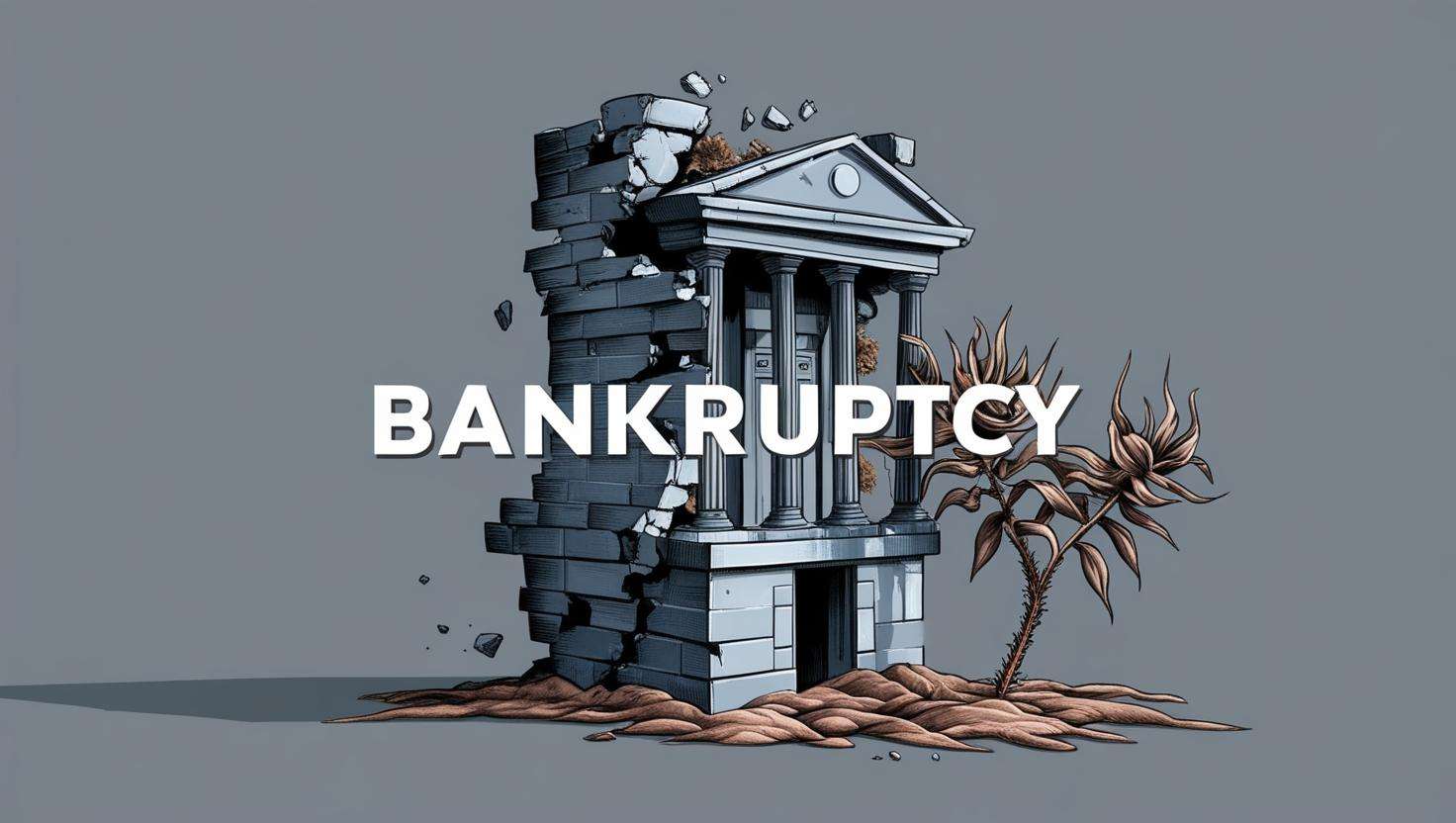Bankruptcy in Kenya is governed by the Insolvency Act, of 2015. The process begins when an individual or a company files a petition in court or when creditors file for bankruptcy on behalf of the debtor. The court evaluates the case to determine if bankruptcy is the appropriate solution.
Once declared bankrupt, a trustee or insolvency practitioner is appointed to manage the debtor’s assets. They ensure:
- Creditors are repaid in a structured manner.
- Debtors comply with legal obligations under the bankruptcy order.
- Financial rehabilitation efforts, such as restructuring or liquidation, are followed.
Three Types of Bankruptcies
In Kenya, bankruptcies generally fall into three main categories:
- Personal Bankruptcy: This applies to individuals unable to meet their financial obligations. It involves a legal process where a person declares inability to pay debts, leading to the liquidation of personal assets to settle creditors.
- Corporate Insolvency: Businesses or companies that cannot pay their debts may opt for insolvency proceedings. This could result in liquidation (selling off assets) or administration, where efforts are made to rescue the business.
- Partnership Bankruptcy: When partnerships face insolvency, the partners are personally liable for the debts incurred. This type of bankruptcy involves assessing both partnership and personal assets of the partners.
Who Pays for Bankruptcies?
Bankruptcy costs are generally borne by the debtor. These costs include:
- Filing fees for court petitions.
- Fees for insolvency practitioners or trustees.
- Any additional legal costs or charges associated with asset liquidation.
Creditors may also incur costs in filing for bankruptcy on behalf of a debtor, which may be recovered during the repayment process.
What Disqualifies You from Filing Bankruptcies?
You may be disqualified from filing for bankruptcy if:
- You have engaged in fraudulent activities, such as hiding assets or falsifying financial records.
- Your debts do not meet the legal threshold required to declare bankruptcy.
- A court determines that other alternatives, like debt restructuring, are more suitable.
- You fail to comply with the statutory requirements of the Insolvency Act.
Cheapest Way to File Bankruptcies
Filing for bankruptcy in Kenya on a budget involves:
- Self-representation: Avoiding expensive lawyers by filing your petition and representing yourself in court.
- Seeking Pro Bono Legal Aid: Some organizations and lawyers offer free or low-cost legal services.
- Streamlining Paperwork: Ensuring all required documentation is in order to avoid delays and additional costs.
What Qualifies You for Bankruptcies?
To qualify for bankruptcy, you must:
- Be unable to pay debts as they fall due.
- Have debts that exceed your available assets.
- Be a resident or operate a business within Kenya.
- Have proof of financial distress, such as court summons from creditors.
What Can You Not Do After Filing for Bankruptcies?
After filing for bankruptcy, certain restrictions are imposed:
- You cannot apply for loans or credit exceeding a certain limit without disclosing your bankruptcy status.
- You are restricted from holding certain positions, such as being a director of a company.
- Travel restrictions may be imposed unless approved by the court.
- Assets acquired post-bankruptcy may be subject to scrutiny or seizure.
Prominent People Who Filed for Bankruptcy in Kenya
Several notable figures have faced bankruptcy due to financial challenges. Examples include:
- Former Nairobi Governor Mike Sonko: Filed for bankruptcy amid financial disputes and legal challenges.
- Business Mogul Ketan Somaia: Declared bankrupt following high-profile business scandals and lawsuits.
- Media Personality: Reports indicate some celebrities have struggled with bankruptcy after business ventures failed.
Insolvency Law Notes Kenya
The Insolvency Act, 2015, governs bankruptcy and insolvency in Kenya. Key notes include:
- Objective: To ensure fair distribution of assets among creditors while offering an opportunity for financial rehabilitation to debtors.
- Key Provisions: Processes for liquidation, administration, and voluntary arrangements for debt repayment.
- Rights of Creditors: Creditors are entitled to petition for insolvency and participate in repayment plans.
- Rescue Options: Companies have options for administration or restructuring to avoid liquidation.
- Trustee’s Role: Trustees oversee the management of assets and ensure compliance with the bankruptcy order.
This law aims to balance the interests of creditors and debtors, ensuring a structured and fair resolution for financial distress.
'Want to send us a story? Submit to NAIROBIminiBLOGGERS via our Email nairobiminiblogger@gmail.com'

Drop Your Comments, What do you think About The Article?